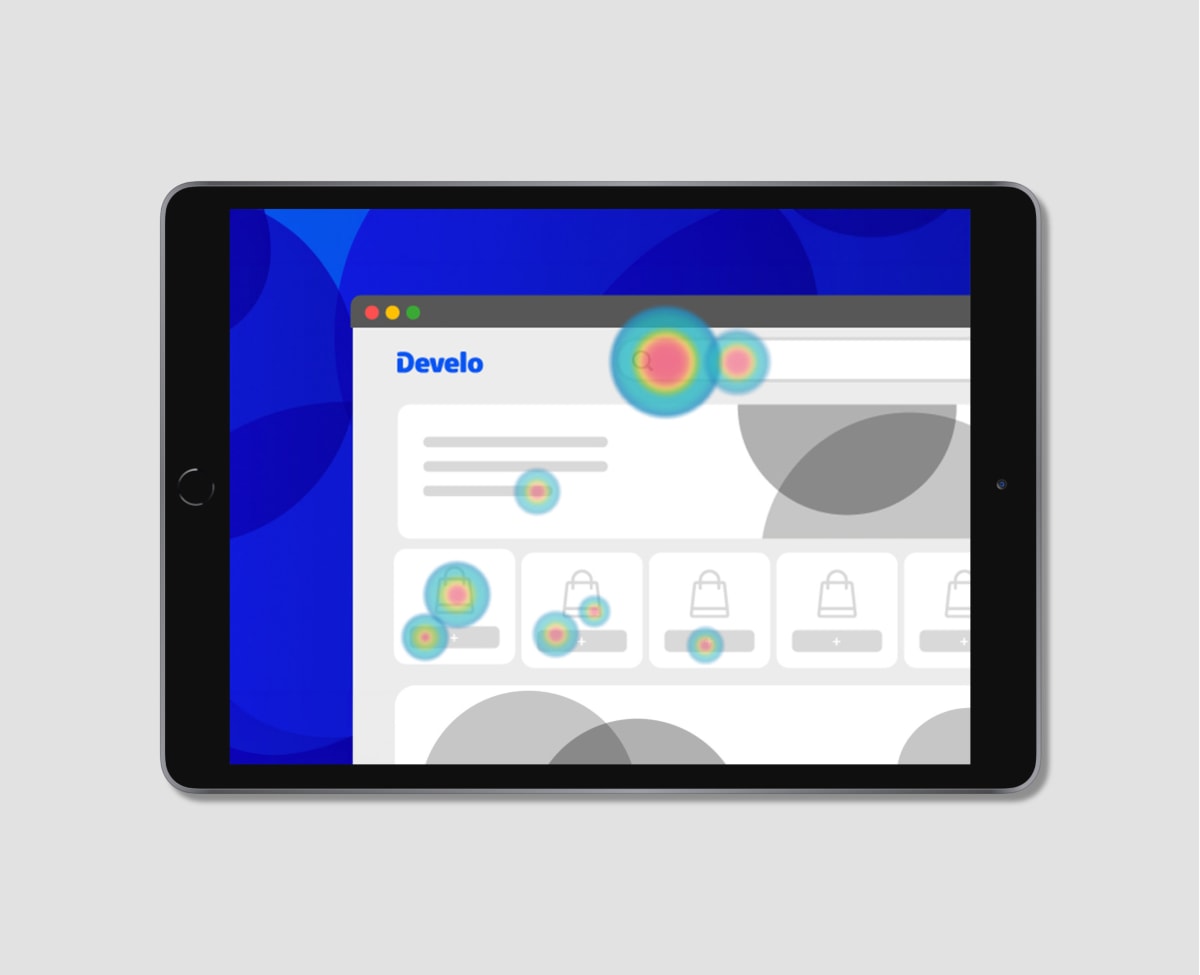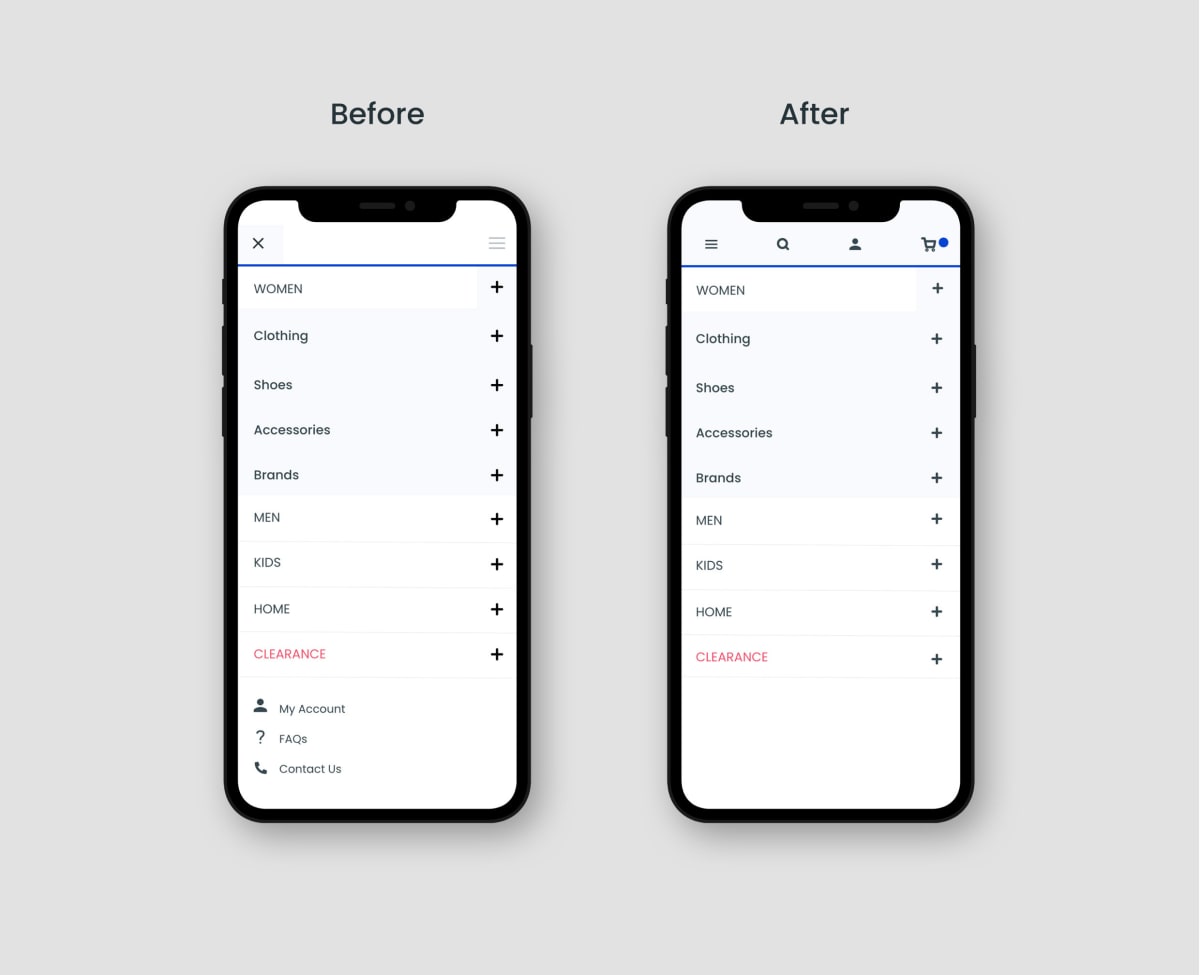Sure, we've got a few CRO tips and tricks up our sleeve. But after that, the best approach to CRO is data-driven and insight-led. We dive into your data, we pore over your heatmaps, and we segment your audience. This allows us to deeply understand your customers and create experiences unique to your business. This data-driven approach is the key to a successful CRO programme. Every new experience we build goes through a three-step process before it's launched to give it the greatest chance of success.
Step 1: Research & Analysis

Our methodology is driven by insight. We don't charge in with guesswork and bias. We spend time conducting research, analysing your data, and scrutinising heat maps and session recordings.
This means that when it comes to generating a hypothesis for a new user experience, it has the greatest chance of success.
P.S. If your data and tracking isn't up to scratch, don't worry, we can help you here too.
Step 2: Hypothesis

At this stage, we utilise the insight gained in step one to formulate a hypothesis.
For example, we might have observed that visitors who use the search bar are more likely to convert. So our hypothesis would look like this:
"By making the search bar more obvious, we'll encourage more visitors to search which leads to a greater chance of conversion."
Step 3: Design & Development
Step 3 is when our user experience experts and developers go to work. Using our data-led hypothesis, they design and build new experiences (the "variants") to test against the original (the "control"). We like to push the boundaries of what's possible but we always adhere to your brand guidelines, ensuring everything we create matches the existing look and feel of your website.
Launch
Once the test is built, it goes through a rigorous quality assurance process, before being launched on the live website. Our team regularly monitor, and report on, the progress of the test. Once we're sure a variant is performing better than the control, we'll set the new experience live. And if it doesn’t work, we’ll have gained some valuable insight which will help drive the next phase of testing and the next hypothesis.
Continue learning
How to prioritise your A/B tests
Ready to boost your sales?
Steve Waller
Head of Marketing & CRO Specialist
Steve is a CRO Specialist who has worked in eCommerce since 2008 and has been with Develo since 2023. Steve enjoys CRO because it's customer-focused and backed up by data, which makes those difficult stakeholder conversations a little easier. His biggest achievement since working at Develo is increasing one client's marketing signups by a whopping 51%. Outside work, he can be found hiking in the Lake District or the local cocktail bars - there's no in-between.
Develo is a leading Magento agency and eCommerce web development company based in Birmingham, in the UK, serving clients globally since 2010. Our Blog covers topics around the array of services our certified Magento Developers offer, including Hyvä themes development, Adobe Commerce, Magento Punchout catalogues, ERP integrations and much more. To speak to a friendly member of the team about your next project, contact us here.



